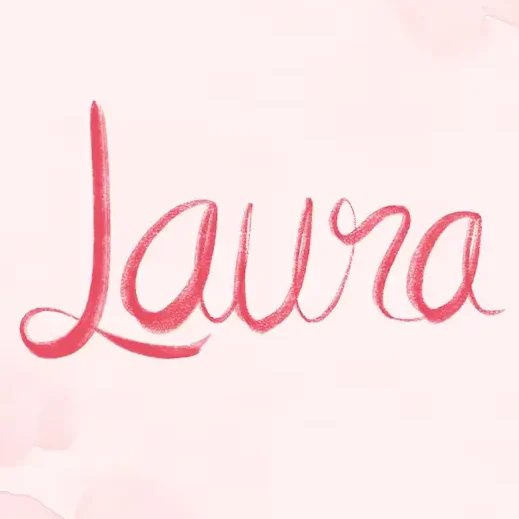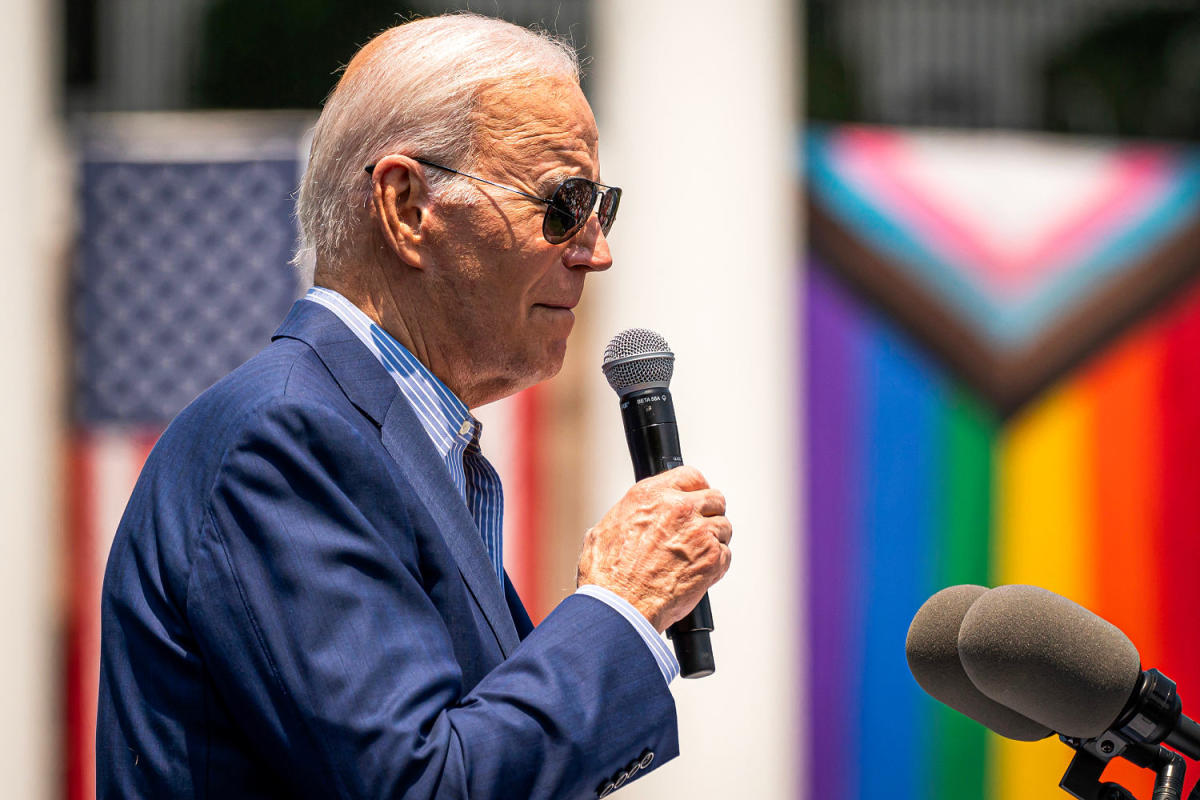Taylor Swift is notorious for the hidden clues and subtle allusions peppered throughout her work—the kind of stuff that her fans obsessively analyze. But she didn’t leave any ambiguity when she announced the title of her upcoming album, The Tortured Poets Department, while accepting an award at this month’s Grammys. With those four words, Swift is nodding toward the growing discourse around her music as poetry—and the burgeoning academic subculture of Taylor Swift studies.
“I made the joke ‘We’re going to need a bigger syllabus,’” says Elly McCausland, a professor of English literature at Belgium’s Ghent University who incorporates Swift’s writing into her courses and also runs the Swifterature platform, which features painstaking analysis of “the increasingly literary quality of Swift’s songwriting” from McCausland and others. “I almost wonder if she’s kind of trolling or baiting people like me.”
At the time I was writing this piece, Taylor academics were gathering in Melbourne, Australia, for the Swiftposium, a three-day conference dedicated to parsing her discography in a manner usually reserved for capital-P poets. This subsect of academia, which has grown in parallel with the increasing literary respect for her writing, and, most crucially, the title of her upcoming 11th LP raise a question: Is Taylor Swift a good poet?
Northeastern University postdoctoral teaching associate Catherine Fairfield says she firmly views Taylor as “under the big umbrella of poetics,” meaning that she employs poetry techniques and aesthetics in her writing. “Her play with language in vocabulary, her awareness of genre, and not just the genre of the music, … different things like romance, like gothic stories, biography, confessional, and all of this is really intentional language play, narrative play, and structure play,” Fairfield explains.
Ahead of the Swift album most likely to be put under the poetry microscope, The Ringer spoke with four academics, three of whom have taught Taylor-centric courses, about the quality of Swift as a poet, which writers can be most closely linked to her lyrics, and what we might see on the Tortured Poets Department syllabus. (Unfortunately, we do not have any insight to provide in the ongoing Taylor Swift Argylle authorship conspiracy.)
What school of poetry feels most connected to Taylor?
In the days following her album announcement, a graphic showing the theoretical roster of the Tortured Poets Department circulated widely in the Swiftieverse. Along with Swift and Emily Dickinson—whom the musician herself has cited as a major influence for her “Quill Pen” song catalog—the “members” include William Shakespeare, Edgar Allan Poe, Oscar Wilde, and John Keats, with Sylvia Plath, Robert Frost, and William Wordsworth as late additions.
The academics I spoke to all saw certain poets as more apt than others—most notably Dickinson and Plath, though University of Melbourne lecturer Faichney and McCausland highlighted Shakespeare and Wordsworth, respectively, in part because the level of popularity they had in their active careers was rarely enjoyed by their peers.
“We have this idea of Shakespeare as being this incredibly highbrow high art, but it’s not. And if you actually look at Shakespeare, there’s crude jokes in there. He talks about sex a lot. He’s making political digs. He’s very much of the time,” says Faichney.
Faichney also stresses another connection between Swift and Shakespeare: They are/were their own cottage industries unto themselves. A move like rerecording her old albums is savvy from the standpoint of taking back authorship after the sale of her early masters, but it’s also preposterously lucrative for Taylor. “[Shakespeare] was also a really strategic businessman. … There’s a lot of similarities when you think about Taylor Swift and the way that she has her business machine that runs around her as well. It is sort of creating this art, and it is wildly popular.”
McCausland says Wordsworth is the best analogy for Swift on the list, though she acknowledges that he isn’t what you’d consider a “tortured poet” like some of the other writers. “He was very autobiographical, but he was also aware of how people saw him and his new style of poetry. And he was very keen to kind of justify himself. … We can identify some of that in this very kind of meta, self-referential way that Taylor engages with her fans.”
The academics see the obvious parallels with Romantic poetry of the 1800s, but they also connect her work to early 2010s Tumblr and the hugely popular “Instapoetry” scene of poems posted directly on the photo-sharing platform. A common criticism of Taylor is that she’s stuck in 2014, and her connection to this side of internet culture is some of the most compelling evidence.
Her penchant for posting handwritten lyrics and notes as part of her promotional cycles clearly links her work to social media–based writing. This internet style—best encapsulated by a Ginnie Bale couplet that has become a shorthand meme for this sort of poetry—is often derided by critics, but there’s no denying its potential as a gateway to more classically celebrated work.
Faichney acknowledges that Instapoetry is often considered “lowbrow,” but its success in terms of getting eyes on an esoteric medium is undeniable. (And you can look to the widely circulated fact that Rupi Kaur has outsold Homer as evidence of that.) Beyond Swift’s literal forays into the world of Instapoetry, it’s easy to see the similarities between how that work is critically derided and how a perennial chart-topper like Swift is perceived, though there has been a reappraisal of many of her albums. (Even Pitchfork came around.) The academics also emphasized that there is more poetic value to mine from her work than simple comparisons to social media writers.
“What I’ve been exploring, especially in the class that I just taught that’s a little bit more left field, is actually feminist confessional poetry,” says Fairfield, citing Plath, Adrienne Rich, and one social media sensation in the lightning rod Rupi Kaur. (Faichney added Nikita Gill and Tyler Knott Gregson as examples of more social media–centric poets.)
That confessionalism comes with an added layer for a celebrity of Swift’s magnitude; her love life is, for better or worse, a perpetual subject of public fascination. (That she’s dating a football star whose Apple Music warm-up playlist contains both Travis Scott and the Chainsmokers adds a fun artsy-girl-dating-the-jock wrinkle.) For Shirley Lau Wong, an assistant professor at the U.S. Naval Academy who does not teach a Taylor course, the generally high level of Taylor knowledge makes it easy for students to connect with her work, though it does add a layer of complexity to analyzing her lyrics (and, presumably, writing it).
“‘All Too Well’ is clearly about Jake Gyllenhaal—we all know this, we all talk about it, etc.,” says Wong. “So there’s a way in which these songs are so inextricably linked to her life. You can’t really detach her from these songs. And so this way, her songs, a lot of them are so deeply personal, but not private.”
Which “era” is the most poetically rich?
Swifties, both in academia and elsewhere, have been mining deep poetic meaning from her songs since she was a teenager, but the broader music-listening public really seemed to view her differently starting with 2020’s dual releases of Folklore and Evermore. (Projects that played into another myth of tortured artistry: the isolation album.)
Wong references a quote from English philosopher John Stuart Mill on the definition of poetry as a medium: “Poetry is feeling confessing itself to itself, in moments of solitude.” Save for the albums she made mid–global lockdown, Taylor hasn’t had true privacy since roughly 2008, but her best writing feels singular and diaristic, even if it’s hard to believe she was going to the New York City dive bars she sang about on “Delicate.”
Even though Folklore and Evermore come up most frequently, Fairfield stresses the elegance of Midnights, proving that poetry is in the eyes (or ears) of the listener. Fairfield talks about the poetic depth of some of her most recent releases, even going on an impassioned digression about the lines “I am standing in a 1950s gymnasium / And I can still see you now” on “Suburban Legends” and “Slow motion, love potion / jumping off things in the ocean / I broke his heart / He was nice / He was sunshine / I was midnight rain” on “Midnight Rain.”
Fairfield highlights a particularly rich phrase from that song, when Swift says, “My boy was a montage.” Faichney says her students have been enamored of “Vigilante Shit” and its evocative opening bar: “Draw the cat eye sharp enough to kill a man.” But she also highlights the importance of Swift’s moments of more fantastical songwriting, like the retributive murder odyssey “No Body, No Crime” on Evermore.
With no disrespect to the Dickinsons and Poes of the literary world, Taylor Swift is obviously famous at a level that we’re not used to seeing from people in the poetry sphere. (Poe, presumably, never had an imperial phase.) That has its upsides—teachers like Wong are able to use “All Too Well” as an entry point into poetic writing for their students—but it also means that people are bringing her real life and well-publicized dating history to the analysis of every lyric.
That kind of limiting perspective is one many artists deal with—we’ve seen it deployed to damaging, possibly free-speech-violating effect in hip-hop, where rappers have their lyrics used against them in legal proceedings. For someone like Taylor, the effect isn’t nearly as harmful, but it can get in the way of her more fanciful, poetic writing and use of fictitious narratives on songs like Folklore’s “Betty” or Evermore’s “Tolerate It,” which draws inspiration from Daphne du Maurier’s Rebecca.
“A lot of the time, her music is read [as] very literal, and of course it’s not always literal,” Faichney explains. “She needs to be able to kill herself as the author and actually just be able to write about these scenes without it being a confession or being tied to her autobiography.”
McCausland has published the English Literature (Taylor’s Version) series on Swift’s work to explore different themes, including “Haters Gonna Hate: The Unlikeable Protagonist” and “Narrative, Control and Authorship.” The exploration of Swift’s relationship to nature is particularly heavy on poetic allusions, citing songs like “The Lakes,” “Willow,” and “Ivy” but also records from before the narrative shift in her music (“New Romantics” and “Out of the Woods,” specifically).
Ultimately, the most conventionally poetic era of Taylor’s catalog is probably Folklore and Evermore, but it’s important not to assume something is “serious poetry” just because it’s about flannel-clad walks in the woods. The literary value of Midnights and even Reputation proves as much. “I also use quite a lot of songs off Reputation, for example, which isn’t a typical literary album, but we look at [it] a lot in my course on feminism,” says McCausland.
So what will the Tortured Poets Department curriculum look like?
In the conventional sense, Taylor Swift doesn’t have a lot to prove to the world right now. She’s the only artist to have won Album of the Year at the Grammys four times, she’s reached pop culture omnipresence, and she’s widely respected for her song-crafting abilities. (Hell, even her boyfriend just got his third Super Bowl ring.) She went through her villainous arc and explored the backlash on Reputation. There are some folks out there anticipating negative reception purely as a response to Swift fatigue—between the Grammy wins, the Eras tour and film, the continued chart domination of songs like “Cruel Summer,” and the likelihood of another “Taylor’s Version” album coming in the near future, we’ve never had more Taylor in our lives. To quote Sarah Silverman in the movie Popstar, Taylor Swift “is everywhere, like oxygen or gravity or clinical depression.” (The latter of those, of course, is responsible for inspiring its fair share of poetry—good and bad.)
The poetry academics I spoke to were hesitant to make their predictions about Tortured Poets too explicit, but the title, the nature of the early promotional material, and this broader phase of Swift’s career lead them to speculate that she will be embracing the poet angle in a more overt way than ever before.
“With the new album, I wouldn’t necessarily be surprised if we don’t see perhaps a volume of poetry coming from Taylor Swift, similar to Jewel or Florence Welch from Florence and the Machine or Bob Dylan or Leonard Cohen,” says Faichney.
Fairfield, who stressed the poetic value of Midnights even though it sounds more conventionally poppy, is curious to see whether she continues the kind of evocative, poetic writing she had on her 2022 LP. “I’m really excited to see what happens with The Tortured Poets Department and if we’re going to go in the same kind of direction with the songwriting.”
However the album turns out, Taylor Swift has one thing over the Dickinsons and Wordsworths: They never had a song called “Fortnight” with Post Malone.
Grant Rindner is a culture writer who has contributed to GQ, Rolling Stone, i-D, and other outlets.

Laura Davis is an entertainment aficionado who delves into the glitz and glamour of the entertainment industry. From Hollywood to Broadway, she offers readers an insider’s perspective on the world of movies, music, and pop culture.

:no_upscale()/cdn.vox-cdn.com/uploads/chorus_image/image/73135876/taylorpoet_getty_ringer.0.jpg)





